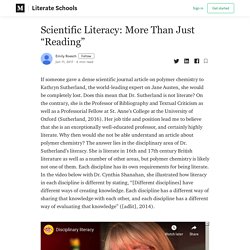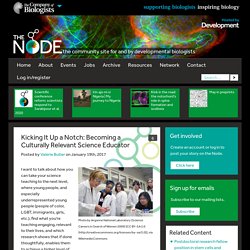

The Price of Fairness (Social Experiment Documentary) [Infographic] Income Inequality in the United States in 2019. The infographic shown above explores the rise in income inequality in the United States.
![[Infographic] Income Inequality in the United States in 2019](http://cdn.pearltrees.com/s/pic/th/infographic-income-inequality-190850839)
There is a particular emphasis on the rise over the last four decades, which have seen income inequality rise and rise. The whole topic is now very much a part of regular public discussion. Read this infographic to learn more about what income inequality is, contributing factors, backing statistics and facts and also how the US compares with trends around the world. What is Income Inequality? Income inequality is a broad term used to measure the inequality of household/individual income of various members within an economy. Income inequality is often represented in a statistical form, measuring percentage of incomes for different groups vs the entire population. Image: “We are the 99%” is a popular slogan exposing income inequality in the US 10 Factors Impacting US Income Inequality. Incarcerated people face potential disaster during outbreak. Black Brother, Black Brother by Jewell Parker Rhodes. Stamped: Racism, Antiracism, and You by Jason Reynolds.
The Hate U Give (The Hate U Give, #1) by Angie Thomas. Podcast Archives - Pushing The Edge. The Real Monopoly: America's Racial Wealth Divide. Holiday Charity: A Math Activity About Poverty. The Color of Law: Winners and Losers in the Job Market. Social Injustice and Public Health - Oxford Medicine. Teaching to Transgress: Education as the Practice of Freedom by bell hooks. A Collection of Resources for Teaching Social Justice. Science Disciplinary Literacy: Enhancing Inquiry & Explanations. Scientific Literacy: More Than Just “Reading” If someone gave a dense scientific journal article on polymer chemistry to Kathryn Sutherland, the world-leading expert on Jane Austen, she would be completely lost.

Does this mean that Dr. Sutherland is not literate? On the contrary, she is the Professor of Bibliography and Textual Criticism as well as a Professorial Fellow at St. Anne’s College at the University of Oxford (Sutherland, 2016). Her job title and position lead me to believe that she is an exceptionally well-educated professor, and certainly highly literate. In all disciplines, literacy is paramount to understanding. When discussing disciplinary literacy in science, we need to consider what counts as text in a science classroom. Therefore, scientific disciplinary literacy requires a very specific way of reading scientific texts.
Literacy engagement in Science classroom. Disciplinary Literacy in the Science Classroom - Knowledge Resource Bank. Disciplinary Literacy in the Science Classroom How disciplinary literacy instruction can help your students Students were shown to spend significantly more time on important literacy activities that supported science inquiry, e.g. student discussion and writing.

The PRO (Premise-Reasoning-Outcome) strategy was used to support three aspects of science learning: ◦ learning the specific content of the topic ◦ phrasing answers for written examination questions ◦ structuring the reasoning process Students who used the PRO structure in writing explanations for questions which asked for a scientific explanation: ◦ scored significantly higher grades for the questions ◦ reported that the PRO strategy provided them with a useful organisational structure for writing scientific explanations Why disciplinary literacy? Disciplinary literacy refers to specific ways of using and thinking with the language and representations of a discipline to learn and participate in the discipline. 1. 1.
Kicking It Up a Notch: Becoming a Culturally Relevant Science Educator - the Node. I want to talk about how you can take your science teaching to the next level, where young people, and especially underrepresented young people (people of color, LGBT, immigrants, girls, etc.), find what you’re teaching engaging, relevant to their lives, and which research shows that if done thoughtfully, enables them to achieve a higher level of learning.

I’m not suggesting you change your science content. Instead, I’d like to illustrate the importance of modifying your teaching to be culturally relevant. Ideally you are already providing hands-on, inquiry-based science experiments, which are known to increase achievement and engagement. [Shameless plug: This is something that a zebrafish program that I work with, BioEYES, does well, so if you need help see our website (www.bioeyes.org), our latest research paper in PLOS Biology that details our results and how to launch an outreach program in your area, read our Node post from 2010, or contact me directly.]
References Gay, G. (2000). AIMS February Colloquium - Teaching Mathematics for Access, Equity, and Social Justice.